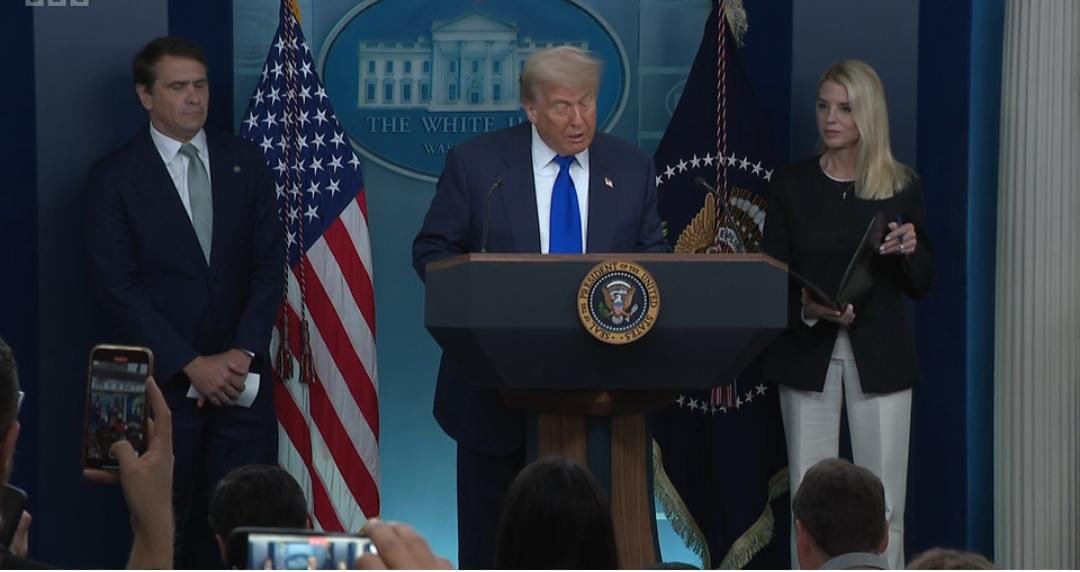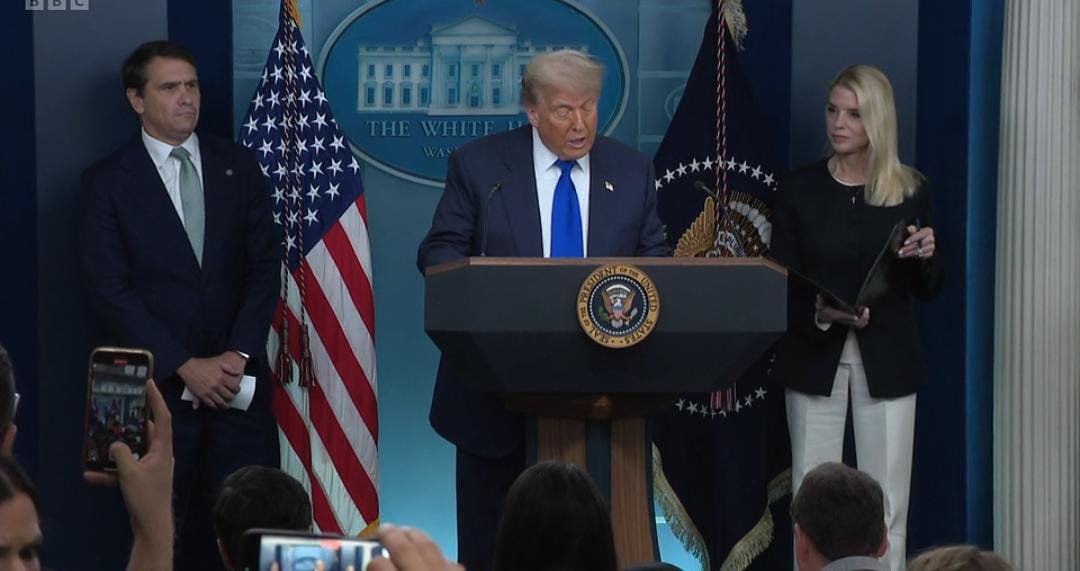Ruling Reshapes Balance of Power Between Executive Branch and Lower Federal Courts
Washington, D.C. — June 28, 2025
In a landmark decision that could redefine the scope of judicial oversight over executive actions, the U.S. Supreme Court ruled this week to significantly curtail the power of lower federal judges to block presidential orders nationwide. The 6–3 decision stems from a long-running legal battle over a Trump-era directive attempting to limit birthright citizenship — a right enshrined in the 14th Amendment.
The ruling has far-reaching implications, not only for immigration law but also for how federal courts intervene in executive policymaking. Legal experts warn that the decision could shift the balance of power further toward the presidency, especially in contentious policy areas like immigration, national security, and civil rights.

The Case: Trump’s Challenge to Birthright Citizenship
The controversy originated during former President Donald Trump’s term, when his administration issued an executive order aimed at restricting birthright citizenship for children born in the U.S. to undocumented immigrants. The order sought to reinterpret the 14th Amendment’s Citizenship Clause, which guarantees citizenship to “all persons born or naturalized in the United States.”
Almost immediately, several federal judges across different jurisdictions issued nationwide injunctions to halt the order, citing constitutional violations and potential harm to families. These legal challenges kept the policy from taking effect during Trump’s presidency and beyond, even as he continued to champion its legality in public and legal forums.
The Supreme Court’s Decision
Writing for the majority, Chief Justice John Roberts emphasized that federal district courts have overstepped their constitutional boundaries by issuing sweeping nationwide injunctions that block presidential policies before full judicial review.
> “Lower courts must exercise restraint and avoid overbroad remedies that interfere with the functions of coequal branches of government,” Roberts wrote. “Injunctions should be limited to the plaintiffs before the court and not act as de facto policy nullifications.”
The court did not directly rule on the constitutionality of the birthright citizenship order itself. Instead, it addressed the procedural question of whether district judges had the authority to issue broad, nationwide blocks of executive policy before appellate or Supreme Court review.
Justices Clarence Thomas, Samuel Alito, Neil Gorsuch, Brett Kavanaugh, and Amy Coney Barrett joined Roberts in the majority. In a strongly worded dissent, Justice Sonia Sotomayor, joined by Justices Elena Kagan and Ketanji Brown Jackson, warned that the ruling gives the executive branch unchecked power.
> “This decision invites a future in which fundamental rights may be violated without swift judicial relief,” Sotomayor wrote. “The framers never intended for courts to become passive observers in the face of constitutional injury.”
Nationwide Injunctions: A Controversial Legal Tool
At the heart of the ruling is the controversial use of nationwide injunctions — court orders that halt the enforcement of federal policies across all 50 states, even if only a handful of plaintiffs are involved in the case. Over the past two decades, such injunctions have been used by both liberal and conservative judges to block policies on immigration, healthcare, the environment, and LGBTQ+ rights.
Supporters argue that nationwide injunctions are essential to protect individuals from unconstitutional laws and ensure uniformity across the country. Critics, however, say they allow unelected judges to override presidential authority and create legal chaos by encouraging “forum shopping” — where plaintiffs seek out favorable judges to halt policies nationwide.
The Supreme Court’s decision does not eliminate the use of injunctions but mandates that they be more narrowly tailored. Legal analysts say that in practice, this could delay relief for groups affected by unlawful policies, as lawsuits would need to proceed individually in each jurisdiction.

Impact on Immigration and Presidential Power
While the ruling did not validate Trump’s birthright citizenship order, it signals a broader deference to presidential authority in immigration matters. The decision is likely to embolden future presidents — including Trump himself should he return to office — to pursue aggressive executive action with less fear of immediate legal blockade.
Immigration advocates expressed concern about what the decision could mean for vulnerable communities. “This ruling weakens the judiciary’s role as a check on power,” said Marielena Hincapié, executive director of the National Immigration Law Center. “If a president can roll out sweeping anti-immigrant policies and courts are slow to respond, real harm will be done.”
Conversely, conservative groups hailed the decision as a victory for constitutional originalism and executive discretion. “Presidents are elected to implement policy — not district court judges,” said Ilya Shapiro of the Manhattan Institute. “This ruling restores balance and predictability to our legal system.”

What’s Next?
The decision leaves open the possibility of future challenges to Trump’s birthright citizenship policy, which remains on uncertain legal ground. However, it will be significantly harder for plaintiffs to block it — or any similar order — before it takes effect.
More broadly, legal scholars expect the ruling to affect how lawsuits are filed against presidential actions. Plaintiffs may now need to coordinate broader legal strategies across multiple courts, potentially slowing down the judicial response to controversial policies.
With the 2024 election still fresh in public memory and Trump openly discussing plans to reinstate many of his first-term policies, the ruling gives added weight to the stakes of presidential power and the courts’ ability to oversee it.

Conclusion
The Supreme Court’s decision marks a pivotal moment in the ongoing tug-of-war between the branches of government. While it limits the judiciary’s immediate reach, it raises critical questions about the resilience of constitutional protections in the face of unilateral executive action.
As the nation prepares for a possible second Trump presidency, the ruling underscores how much authority a president can wield — and how slowly the courts may now respond.
